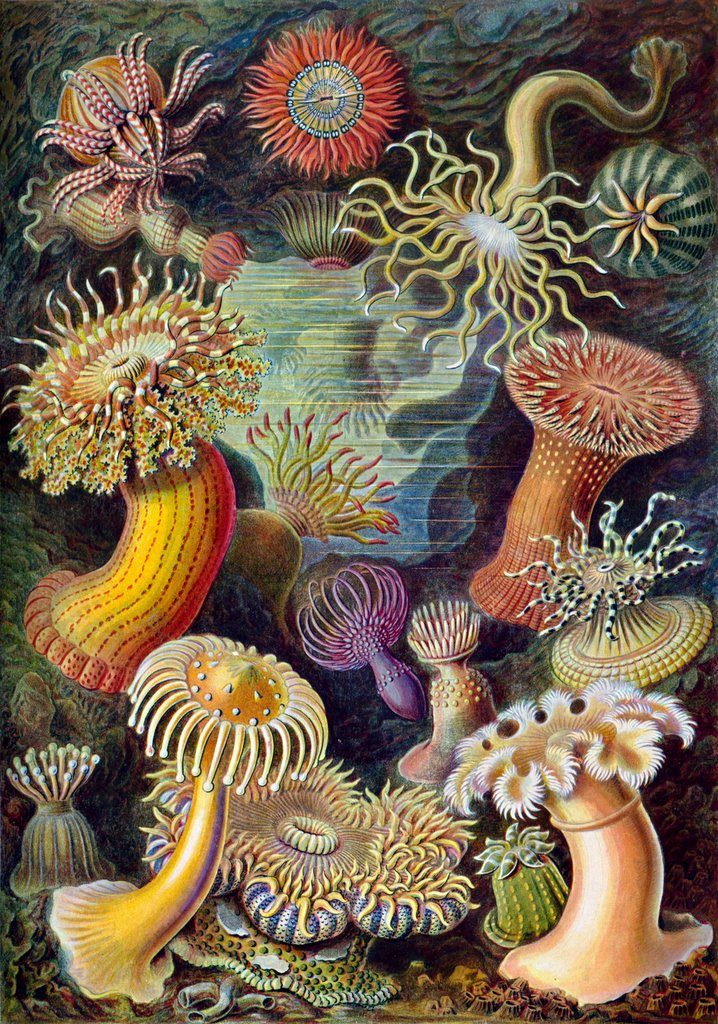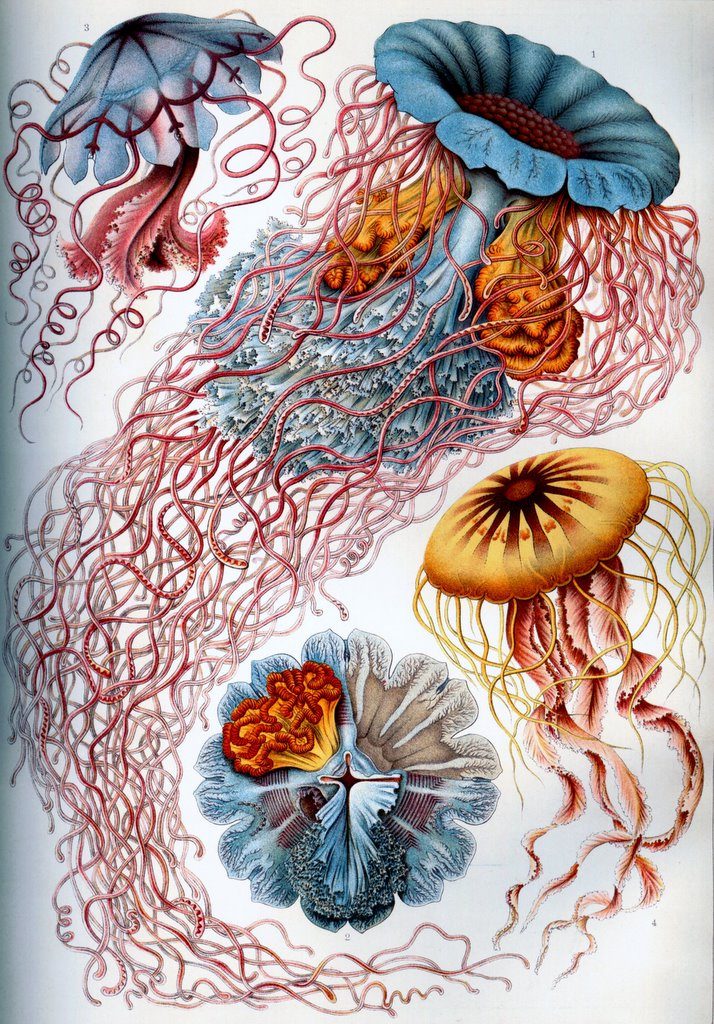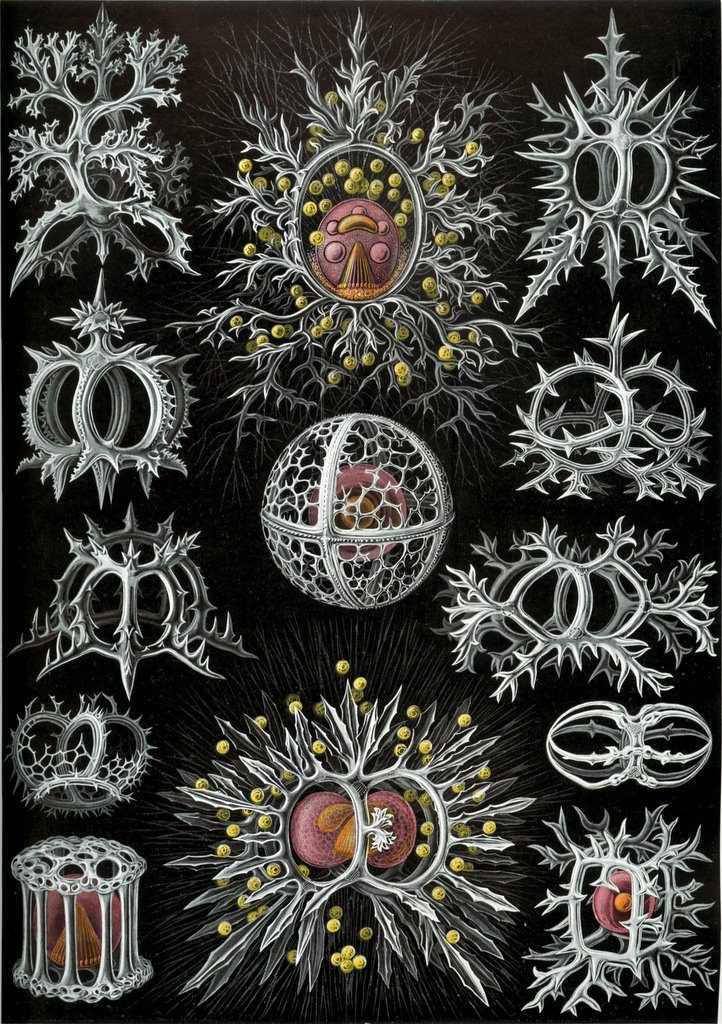BibliOdyssey has two great posts, Charging the Void I and Charging the Void II, with cosmological diagrams and engravings of various vacuum experiments from the work of Otto von Guericke, especially the Magdeburg hemispheres. When I get the chance, I’ll upload the images onto Wikipedia.
Hopefully someday BibliOdyssey will do a post or two featuring my Kunstformen der Natur scans.
Also, in the near future, I’ll be posting a report on the recent Terry Lectures at Yale, on Creationism and Intelligent Design. And maybe a report on my orals fields, and maybe a report on my history of science-related eBay purchases, and the hidden, miscatalogued natural history prints hidden up in the Sterling Library stacks. And probably not a report on my first semester teaching, at least not until the semester is over (I’m already getting hits for search terms like “sage ross yale ta”).


 Update (2/28/06): This post is part of this week’s
Update (2/28/06): This post is part of this week’s